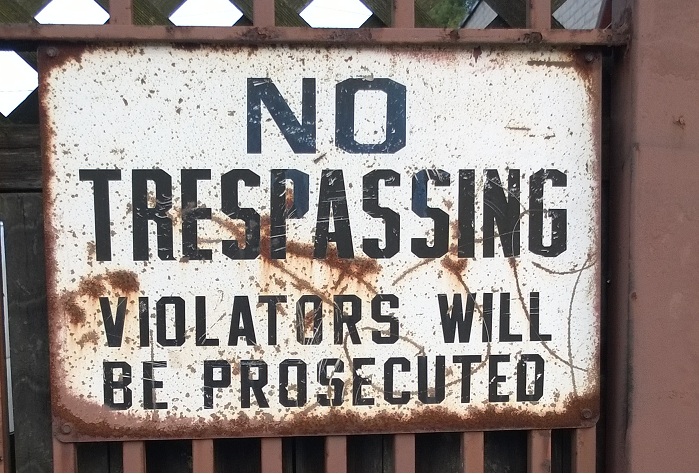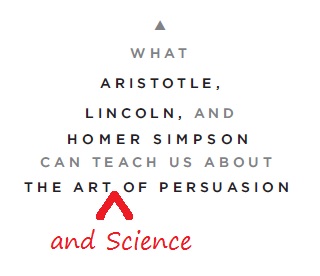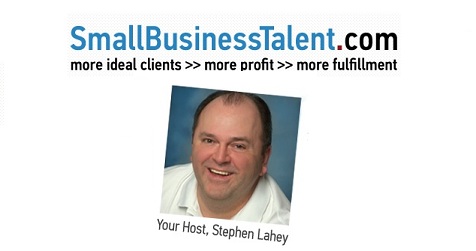Most people won’t say this in public, but behind closed doors and in their innermost thoughts, you hear it with staggering frequency:
“Why won’t these dummies buy my product?? They know they need it! I’ve clearly shown them how much better their lives will be when they start using it.
Selling is HARD! Argg!!
Yes, selling is hard. The reason is simple: it is impossible to change someone’s mind. Literally impossible.
But you still have to get people to say yes or click a button for your business or career to survive. How do you do it? Why is there a small percentage of people who make selling look so easy? How do I become one of the ones who make it look easy?
Your prospects have “No Trespassing” signs posted at every one of the entrances to the mind. The guards are very selective about who they allow inside the gates.
If you try to punch a hole through their mental defenses, you’ll soon find out how ineffective (and exhausting) that can be. Using hype and high-pressure tactics is a foolish approach — no matter how cool the Wolf of Wall Street makes it look.
Here’s what it boils down to:
There are things that your would-be customers really want to do, but for numerous reasons they can’t bring themselves to take action.
They want to start investing so they can retire comfortably. They want six-pack abs. They want to meet their soulmate.
Your job is to give your customers the psychological, emotional and volitional strength to get out of their own way.
To empower them to grab hold of their better future.
That’s what we’re going to talk about during Monday’s Irresistible Offers teleseminar.
We’re going to tackle the topic of persuasive selling based on how the brain works…how human emotion works…how language works.
There is one psychological reality that puts all the pieces of the persuasion puzzle into a single, cohesive concept.
Instead of long lists of complicated techniques and formulas (which all talk about different things), you’ll discover a simple but incredibly enlightening illustration of the how the mind works and what makes persuasion work.
You’ll learn why people say ‘yes’ and you’ll learn what it takes to get more yeses from your sales and marketing.
Everyone who makes selling look easy leverages this reality, consciously or unconsciously.
This session is going to be a real eye-opener, with research gathered from
- the U.S. Army
- the Central Intelligence Agency (CIA)
- the latest psychological and neuroscientific studies
- social movements
- millions of dollars of direct marketing testing
- and Hollywood, possibly the greatest influencer of culture on the planet.
If you’re an entrepreneur, salesperson, marketer, copywriter or anyone who needs to be more persuasive, you don’t want to miss this call. The insights you’ll gain could change everything for you.
Understanding what makes people tick and learning to make offers they can’t resist — now that’s a good investment.
My promise to you:
The teleseminar starts from 8:00pm Eastern on Monday, August 11th. The cost is $58.
I’ve condensed the best insights I have on selling in person, print or pixel into an hour-long. I’m not holding anything back. I’ve only spoken publicly about some of this information once in the past 2 year (at my paid workshop in June). Parts of it I’ve never shared before, which is why the teleseminar is more expensive than the workshop.
At $58, it’s a freakin’ steal. I guarantee you’ll get 99 times more value than what you spend or I’ll happily give you a full refund — before I go to bed Monday night.
I can’t stand sitting in on presentations and listening to the “same old, same old.” Don’t you hate that? I’m not going to put you through that torture. If you don’t learn something brand new, I’ll give happily your money back.
Let me help you get past your customers’ “No Trespassing” signs. Sign up for the Irresistible Offers teleseminar here.









